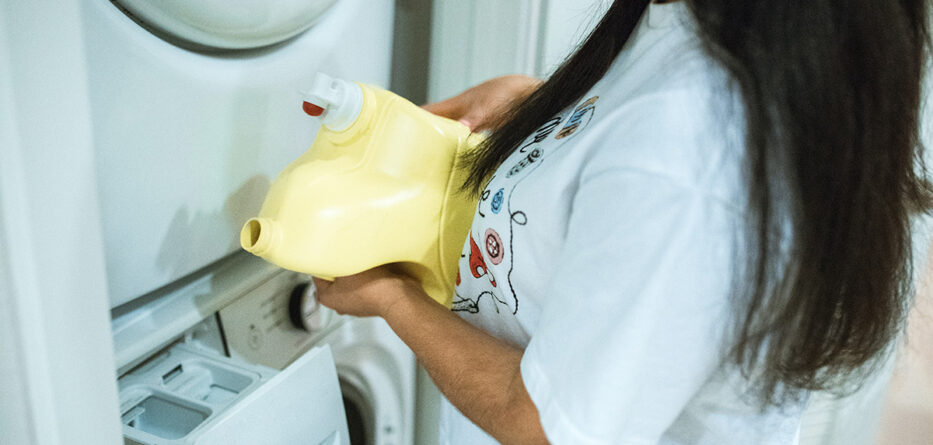Roddy Scheer & Doug Moss
EarthTalk
It’s true that Americans use huge amounts of water and energy to keep their clothes clean, dry and soft. Indeed, the average U.S. home expends about 12,000 gallons of water on some 300 loads of laundry per year. The non-profit Natural Resources Defense Council (NRDC) estimates that as much as 20 percent of the water used in our homes goes down the washing machine’s drain. Meanwhile, roughly10 percent of a home’s total electricity use goes toward laundry. No doubt, tightening up this one aspect of taking care of ourselves could make a serious dent in our carbon footprints and overall environmental impact.
Perhaps the quickest way to energy- and water-savings is to upgrade from an older laundry machine. Conventional washing machines (built before 2011) use some 40 gallons of water per load, while newer “HE” (high efficiency) machines can do just as good or better on 14 gallons or less. And since these HE machines have so much less water to heat up and are designed for maximum efficiency, they also use 50-80 percent less energy. They also spin faster, which removes more water from the clothes and thus saves dryer time. Whether or not your machine is HE, set it to the “high spin speed” or “extended spin” setting to remove excess moisture from clothes to reduce the amount of time and energy needed in the dryer.
Line-drying clothes is by far the most energy-efficient route, yet most of us (80 percent) rely on dryers to do the job quickly, despite the impact. While HE washing machines have been around for a decade now, it wasn’t until the last few years that more efficient clothes dryers became widely available. Newer units, especially those that meet the federal government’s stringent EnergySTAR efficiency standards, automatically sense how long to run and when to shut off based on the size/weight of the load.
If you have an older (conventional) dryer, consider purchasing a SmartDry sensor which attaches to the inside of your machine and then sends you wireless alerts when the load is dry, when delicates should come out, or if the machine has stopped working. The $60 device saves an average of 15 minutes of dry time per load. While it’s no replacement for a new machine, it can help you keep an older one from clogging up the landfill while putting off the expense and resource use of replacing it for a while.
Another low-cost way to reduce your laundry’s environmental impact is by using a Cora Ball, an ingenious little recycled/recyclable plastic ball that catches plastic microfibers that shed off fleece clothing in the washing machine before it winds up in our waterways and oceans.
And if you like fabric softener but don’t like subjecting yourself and those around you to harsh chemicals—most fabric softeners use dipalmethyl hydroxyethylammoinum methosulfate, a synthetic chemical with softening and anti-static properties—try one of Friendsheep’s Eco Dryer Balls, which naturally softens and fluffs laundry by gently tumbling in the dryer alongside your clothes, separating the fabrics so heat can flow better, reducing wrinkles and static cling while reducing dry time.
CONTACTS: Saving Water And Energy Through Clothes Washer Replacement, nrdc.org/resources/saving-water-and-energy-through-clothes-washer-replacement; Residential Clothes Washers Qualifying Product List, library.cee1.org/content/qualifying-product-lists-residential-clothes-washers; SmartDry, amzn.to/3zJfTQG; Friendsheep Eco Dryer Balls, amzn.to/3xcxVZM.
EarthTalk® is produced by Roddy Scheer & Doug Moss for the 501(c)3 nonprofit EarthTalk. See more at https://emagazine.com. To donate, visit https//earthtalk.org. Send questions to: question@earthtalk.org.






